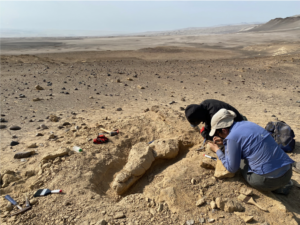The effects of an explicit three dimensional (3D) urban canopy representation on the development of convective thunderstorms were analyzed with the tropical town energy budget (tTEB) scheme integrated into the advanced regional prediction system (ARPS). The study provides a detailed description of the procedure to couple the system ARPS-tTEB and analyzed the simulation results of the 12 January 2015 sea-breeze event that developed a severe thunderstorm above the metropolitan area of São Paulo (MASP), Brazil. The simulation used realistic boundary and initial conditions from the Global Forecast System (GFS) and sea surface temperature (SST) from the Tropical Rainfall Measurement Mission (TRMM). The system ARPS-tTEB runs of up to 3 km horizontal resolution were carried out with high resolution topography features and land-use types currently available for Southeastern Brazil. The simulated spatial distribution of precipitation was verified against the Climate Prediction Center Morphing Technique (CMORPH), the Global Precipitation Measurement (GPM) and the São Paulo weather radar (SPWR) precipitation estimates by indexes scores. Time series of grid precipitation estimates (ARPS-tTEB and SPWR) and point measurements (rain gauges) were evaluated with a Bayesian statistical method. Results indicate that the urban area of the MASP modulates the precipitation spatial distribution over it. Furthermore, phase and amplitude precipitation accuracy increased with the 3D urban canyon and the urban energy budget scheme in relationship to control runs without urban environment effects.



